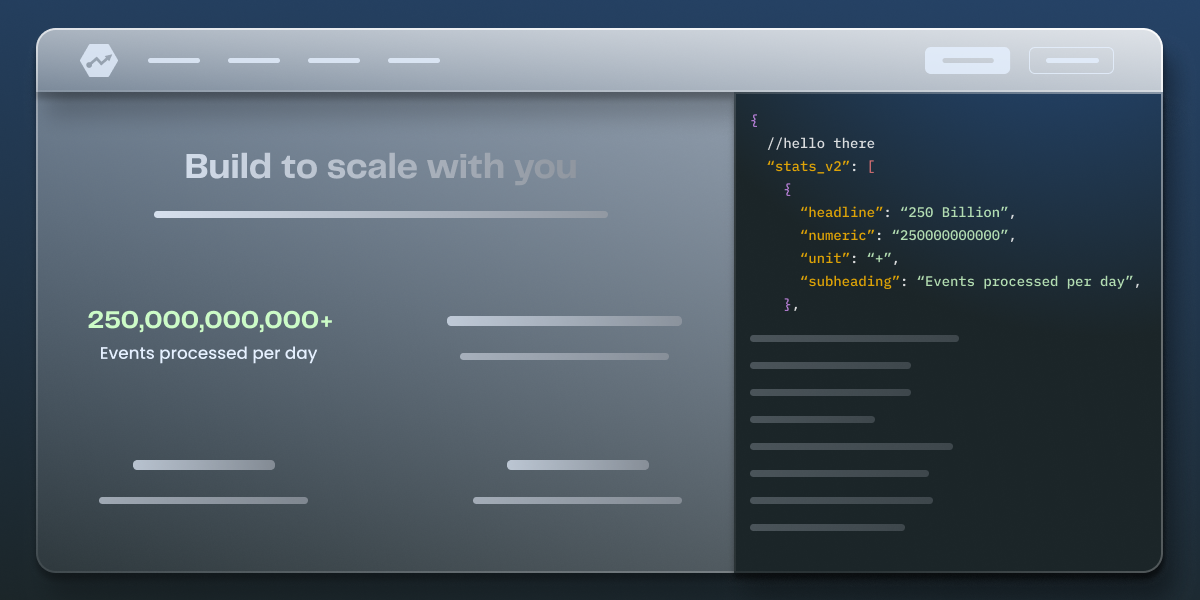
Dynamic Configs save us time and give our teams greater autonomy.
At Statsig, we are constantly looking for ways to innovate, not just in the products we offer but also in how we develop these products.
One of the key tools that has improved our approach to product development is Dynamic Configs. This feature is central to enabling distributed, collaborative development across our teams—from developers and product managers to designers.
How dynamic configs work

Dynamic Config addresses a common challenge in software development: the rigidity of hard-coded values.
Traditionally, changing anything from a button color to a text label required developer intervention and a new deployment. Dynamic Configs transform this process by allowing these values to be defined and modified on the server side without needing to deploy new code.
Here’s how it works: Developers build features with flexibility in mind, setting up configurable parameters instead of hard-coded values. Once the feature is in place, product managers can tweak the copy to better communicate with users, while designers can update UI elements to match the latest visual standards.
All these changes are made directly in the Dynamic Config that the whole team has access to and can modify.
Dynamic configs at Statsig
The impact of Dynamic Config on our workflow has been profound.
Our development cycles have become shorter, our teams more autonomous, and our products better aligned with user needs. By reducing dependencies and eliminating bottlenecks, Dynamic Config allows us to iterate faster and more effectively.
It also empowers team members to contribute directly to the product, enhancing both collaboration and ownership.
📖 Related reading: Using Dynamic Configs to store LLM inputs
For startups like ours, the ability to adapt quickly is critical. Dynamic Configs not only makes our products more adaptable but also makes our teams more agile. At Statsig, we believe that the tools we use to build our products are as important as the products themselves.
Dynamic Config—and the way we use it—is a perfect example of this belief in action, demonstrating that flexible tools can create dynamic solutions.
Get a free account

Special thanks to Manager Pierre for helping me write this post.
